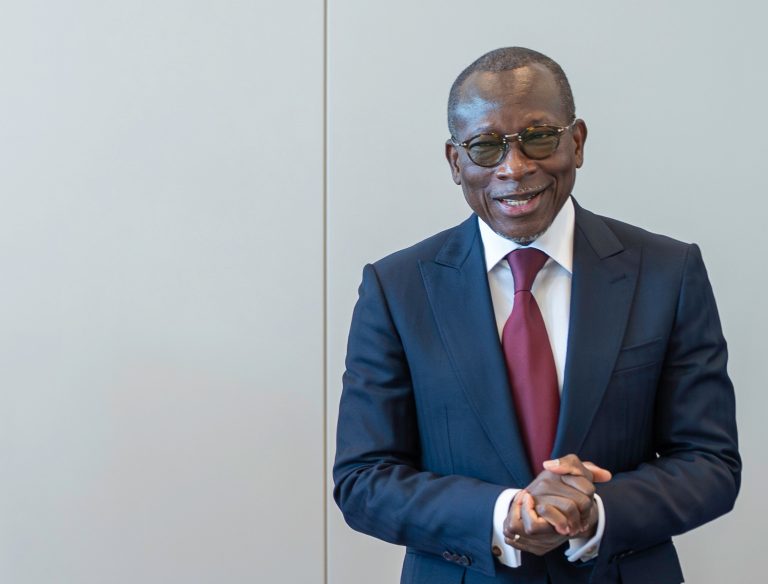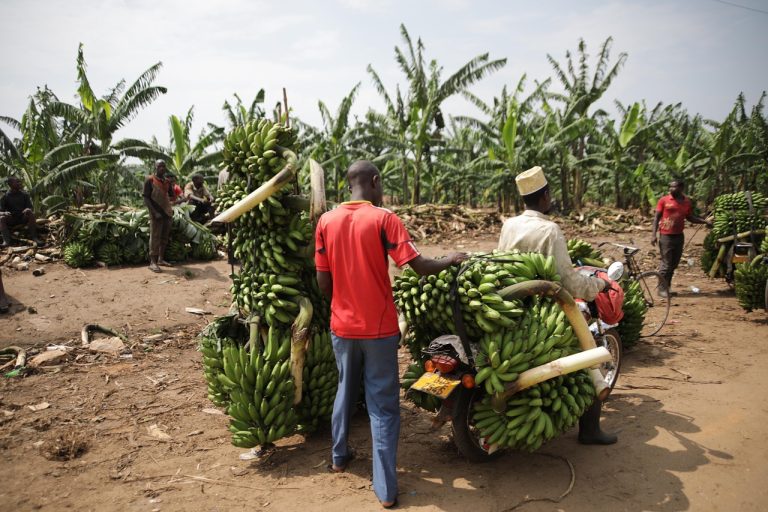- Ugandan shilling gains 5% in a year on strong remittance inflows
- Bank of Uganda boosts reserves as remittances hit $1.6bn
KAMPALA, UGANDA – The Ugandan shilling has strengthened to its highest level in years, buoyed by record remittances from Ugandans abroad and renewed investor confidence, the Bank of Uganda said.
The local currency traded at 3,478.60 per dollar on Oct. 22, up 0.16% from the previous session. Over the past month, it has appreciated by 0.70% and gained 5.07% over the last 12 months, making it one of Africa’s most stable currencies.
According to central bank data, remittance inflows rose 14% to $1.6bn in the 12 months to June 2025, from $1.4bn a year earlier. The Bank of Uganda attributed the growth to higher transfers from Ugandans working in North America, the Middle East, and Europe.
“Our currency’s performance is closely tied to capital inflows,” said Prof. Nuwagaba, Deputy Governor of the Bank of Uganda, in a post on X. “When remittances and other foreign earnings increase, the shilling appreciates, helping to moderate inflation and strengthen our external position.”
Growing reserves and trade resilience
Remittances, alongside strong export earnings from gold and coffee, helped shift Uganda’s balance of payments from a $995mn deficit in the 2023/24 financial year to a surplus in the year ended June 2025. The central bank responded by purchasing more foreign exchange from the interbank market, pushing international reserves to $4.3bn – equivalent to 3.9 months of import cover.
“Capital inflows, when well-managed, are a sign of confidence in the economy,” Nuwagaba added. “They provide resources for investment, drive business expansion, and support job creation – particularly in countries with strong institutional frameworks.”
The Bank of Uganda has been cautious in its market interventions, aiming to strike a balance between curbing excessive volatility and maintaining competitiveness for exporters. Analysts say the shilling’s recent performance underscores Uganda’s resilience in a year marked by global economic uncertainty and volatile commodity prices.
Remittances as a social and economic lifeline
Beyond macroeconomic stability, the surge in remittances is reshaping livelihoods. In rural and peri-urban communities, the funds are being channelled into education, healthcare, and small-scale enterprise investments.
“Remittances are not just numbers on a balance sheet,” Nuwagaba said. “They are a lifeline for many families and a key source of resilience for our economy.”
Economists note that the remittance boom offers Uganda a buffer against external shocks, while also reducing pressure on public finances. The stronger shilling has helped stabilise prices of imported goods, keeping inflation within the Bank of Uganda’s target range of 5%.
As global remittance corridors expand and digital transfer platforms become more accessible, policymakers believe Uganda’s diaspora will continue to play a pivotal role in sustaining foreign exchange inflows and driving long-term growth.











